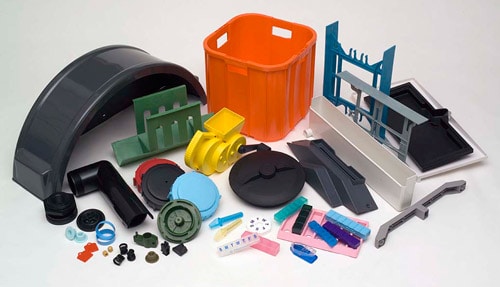Unveiling the Magic of Plastic Injection Molding: A Step-by-Step Guide
Plastic injection molding is a fascinating manufacturing process that has revolutionized the way products are mass-produced. From intricate automotive parts to everyday household items, plastic injection molding plays a crucial role in creating a wide range of products that we use in our daily lives. This method allows for the efficient and precise production of plastic components, making it a popular choice for manufacturers seeking to streamline their production processes. Let's delve into the world of plastic injection molding and uncover the magic behind this versatile technique.
History of Plastic Injection Molding
Plastic injection molding has a rich history that dates back many decades. It first emerged in the late 19th century when John Wesley Hyatt and his brother Isaiah patented the first injection molding machine. This innovative technology revolutionized the manufacturing industry by allowing for the mass production of plastic parts with high precision and consistency.
The process continued to evolve over the years, with advancements in materials and machinery leading to more efficient and cost-effective production. By the mid-20th century, plastic injection molding had become a staple in various industries, from automotive and aerospace to consumer goods and electronics.
Today, plastic injection molding is a widely used manufacturing process that enables the production of complex and intricate plastic components with minimal waste. quick turn injection molding and scalability have made it an indispensable tool for businesses looking to bring their designs to life in a cost-effective and timely manner.
Basic Process of Plastic Injection Molding
Plastic injection molding begins with the design of a mold that will be used to shape the plastic. This mold is typically made from steel or aluminum and consists of two halves that are designed to fit together perfectly. Once the mold is ready, it is loaded into the injection molding machine.

Next, plastic pellets are fed into the injection molding machine where they are heated until they reach a molten state. The molten plastic is then injected into the mold under high pressure, filling the cavity and taking on the shape of the mold.
After a cooling period to allow the plastic to solidify, the mold is opened and the newly formed plastic part is ejected. This process can be repeated thousands of times, allowing for high volume production of identical plastic parts.
Key Benefits of Plastic Injection Molding
Plastic injection molding offers precision in creating intricate designs, ensuring consistent quality across mass production. This method allows for complex shapes and structures to be formed with high accuracy, meeting industry standards effectively.
One of the main advantages of plastic injection molding is its cost efficiency in producing large quantities of plastic parts. The streamlined process reduces material waste and labor costs, making it an economical choice for various industries seeking high-volume production.
Furthermore, plastic injection molding enables quick turnaround times from initial design to final product. With rapid production cycles and minimal post-processing required, manufacturers can bring their products to market swiftly, gaining a competitive edge in today's fast-paced industry landscape.